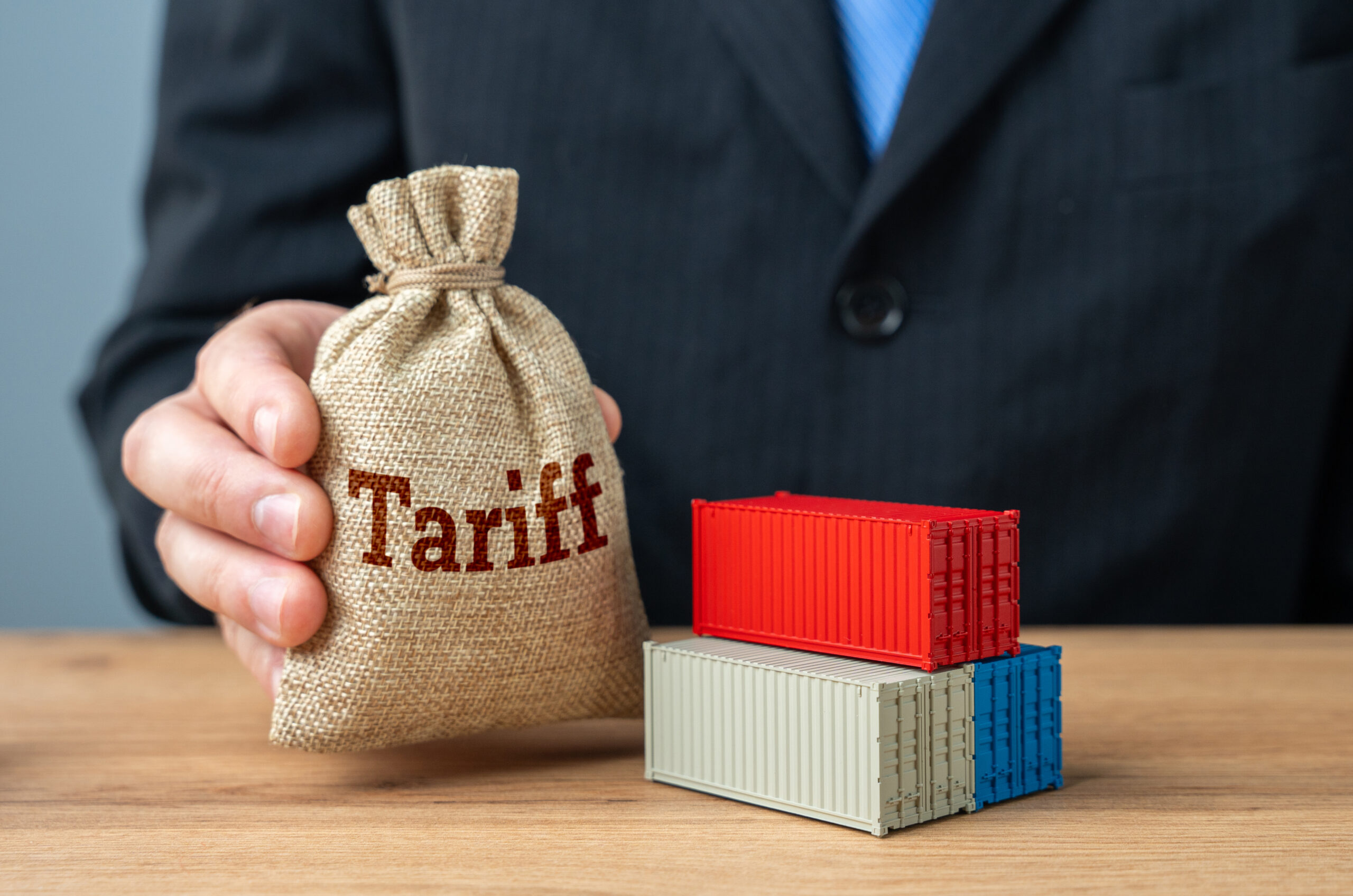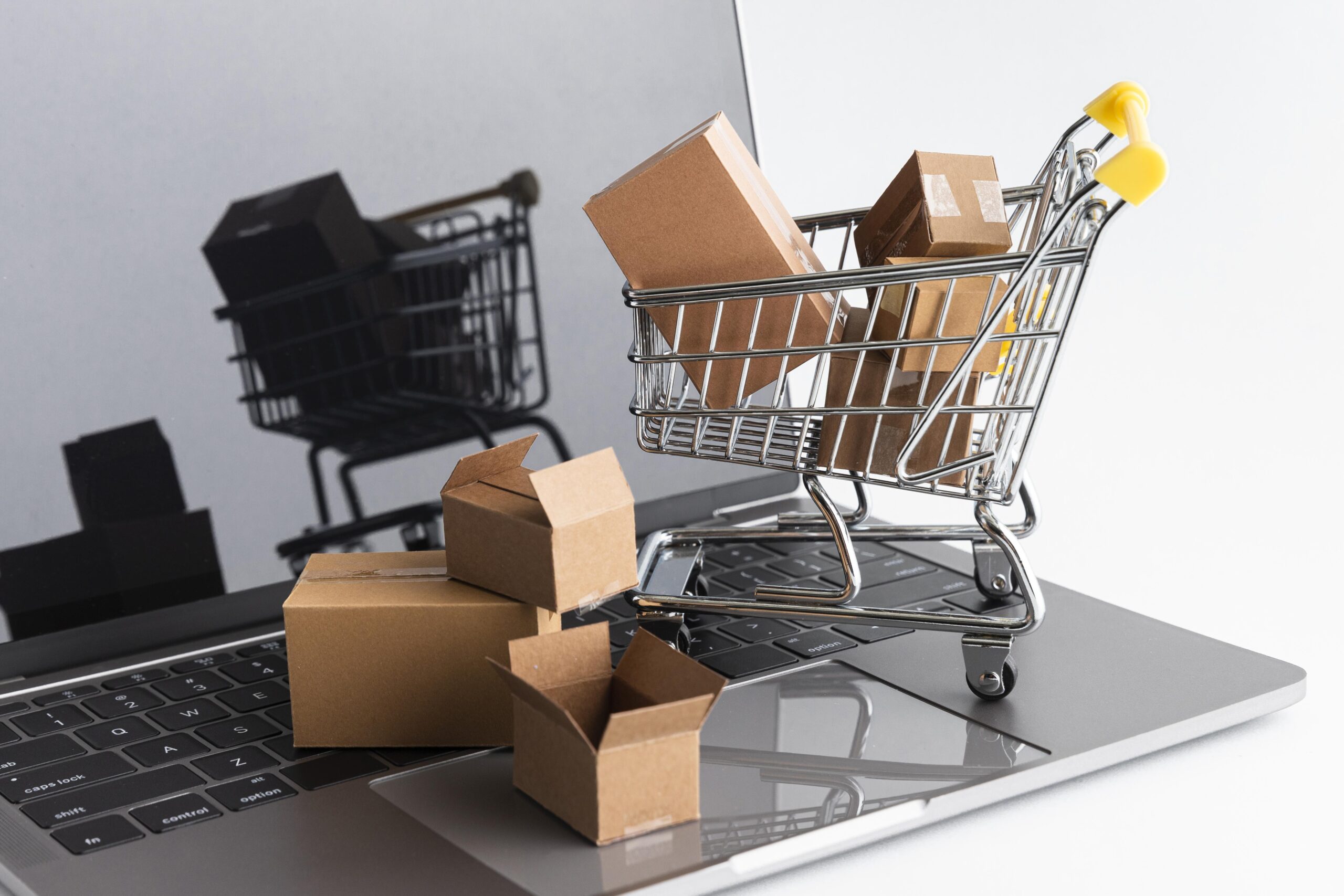The global economy is experiencing unsteady times, and price is one of the most paramount factors for online retailers and shoppers. Over the last few days, the US government has assessed tariff calculations for each country with a minimum of a 10% tariff on all imports. In these uncertain times, it is best not to miss out on the recent explanations on the subject, as they can negatively affect your business. But to clarify the matter, what does tariff mean, actually?

What is a Tariff?
A tariff is the amount of money, or simply the tax, that has to be paid for goods and services brought into a country. It is used to increase revenue and competitive advantages over imported goods and mainly aims to limit imports and protect the domestic market. The US government also seeks to balance out the imports and export ratio, surplus, and deficit — even though imports from a specific country differ in terms of product categories from what the US exports to that country.
Former Real-Life Examples
Although governments use tariffs to protect domestic industries, sometimes, tariff applications can also have unintentional results. For example, when the US government imposed steel import tariffs, a study indicated that American steel consumers faced increased costs due to higher steel prices from shortages, tariffs, and trade duties. As a result, some customers have sourced steel products offshore as US producers of steel-containing products became less reliable and more expensive. In contrast, others pressured their suppliers to absorb the higher costs, leading to financial difficulties for many. 200,000 Americans lost their jobs to higher steel prices during 2002.
Smoot-Hawley Tariff Act
Another example is the United States Tariff Act of 1930, which was designed to help American farmers and industries by raising tariffs on agricultural and industrial goods by some 20% on over 20,000 imported goods. It made imports unaffordable for all but the wealthy and significantly reduced the export of goods, leading to bank failures, especially in agricultural regions.

Natural Outcomes of Tariffs: Price Escalations
So, what are the natural outcomes of tariffs? Price escalations. Various tariff calculations contribute to price escalation; some impact exported goods, while others influence products sold in a foreign market. While inflation affects all of the products in the country, price escalations, in this case, will only affect traded products. It means that if a person in the US wants to buy a banana that has come from Brazil, they will likely pay more with a 10.25% price escalation rate. But what if you are a US retailer that both imports goods from abroad and sells goods internationally, or a non-US retailer that wants to export goods to the US? Then how can you control your prices? As the Prisync team, we wanted to make sure you have an understanding of how you can navigate and adjust your prices in uncertain times.
Consumer Demand Decreases
When there is uncertainty in the economy, people become price-sensitive. Price escalations often lead to weaker consumer demand since they affect the price elasticity of demand. The price elasticity of demand measures how responsive demand is to price changes. Well, the formula suggests that if there is a price increase, it is highly unlikely to be a rise in demand.
When there are too many alternatives for your products, the demand can simply shift to those other brands. What online merchants can do in these scenarios is focus on different markets or emphasize the unique value of their products. Eventually, the nature of the product, the number of close substitutes, the power of the brand, customer habits, the pricing of the product, and people’s purchasing power are all the main criteria to consider when retailing. Luxury brands and brands that have powerful images are not likely to be easily affected by these tariff changes.

How to Overcome Tariffs as a Retailer
There are different solutions to overcome the price escalation that comes with tariffs. First, if you source locally or can manage to start sourcing locally, many of these issues won’t affect you, but this may not always be the case. Even though you don’t have to pay extra for international selling, if you choose to sell locally, you would be missing a lot of customer potential. This means considering the increase in the business costs depending on where you decide to source your goods or services. Another tactic could be finding cheaper ways to source your products to mitigate the potential profit loss in the first place, which can result in saving money in the long term.
While established merchants need to take steps to cover their costs, including shifting several measures like where they source their existing products or how to price them, people who plan to start an ecommerce business have a clear advantage in choosing the most profitable market if their country is exposed to low tariffs.
Price Localization
Price localization can be another tactic for US merchants operating outside the country since some brands already use this strategy to match their product or service prices according to the specific country’s purchasing power or location. If you can test different prices in different regions, start by slowly increasing your prices to see the change in demand and find the right price point for your products.
Inventory Management
Lastly, inventory management can significantly help you overcome the shock that tariffs can cause to your business. Assess your over-stocked products and determine your most competitive products to decide which product category will be more sensitive to price escalations. If you have excess stock, you can manage it by keeping their prices stable, bundling them with your most preferred products, or even giving them away for free over a certain purchase amount. This way, you can eliminate the excess inventory cost with a higher purchasing rate in return.
Using Competitive Pricing Strategies with Automatic Price Tracking Software
Whether you are a powerful brand that wants to navigate the uncertain situation or a new merchant, it is critical to balance sales volume with healthy profit margins when retailing goods sourced from international suppliers. In order to achieve this balance, you must closely monitor your business costs and use automatic price tracking software to keep track of your competitors’ prices. This way, you can get automatic alerts when your competitors change their prices, and then you can adjust your prices if necessary. AI tools like Prisync are excellent for applying dynamic or competitive pricing strategies; with tariffs emerging unpredictably, the challenge of managing costs has become more and more important as one of the key components of your retail strategy.

Conclusion and Key Takeaways
Online retailers already have to hurdle so many challenges in their ecommerce journey while facing economic changes along the way. Tariffs are just one of the many challenges that online retailers must navigate. Here are the common suggestions for both new ecommerce merchants and experienced ones:
Action Steps for Online Retailers Facing Tariffs:
- Reevaluate sourcing strategies (local vs. offshore)
- Emphasize product differentiation to stand out from cheaper alternatives
- Test different price points in different countries by slowly increasing your prices to see the change in demand
- Determine your most competitive products and over-stocked ones to manage inventory
- Monitor price elasticity and adjust pricing dynamically
- Use tools like Prisync for automated competitive tracking
As you can see, we have explained why it is important to keep track of the recent updates as they have a direct effect on your business. In our parting words, keep in mind that while the increased prices and reduced demand present challenges, it is also an opportunity to rethink your pricing, sourcing, and overall business strategy.
